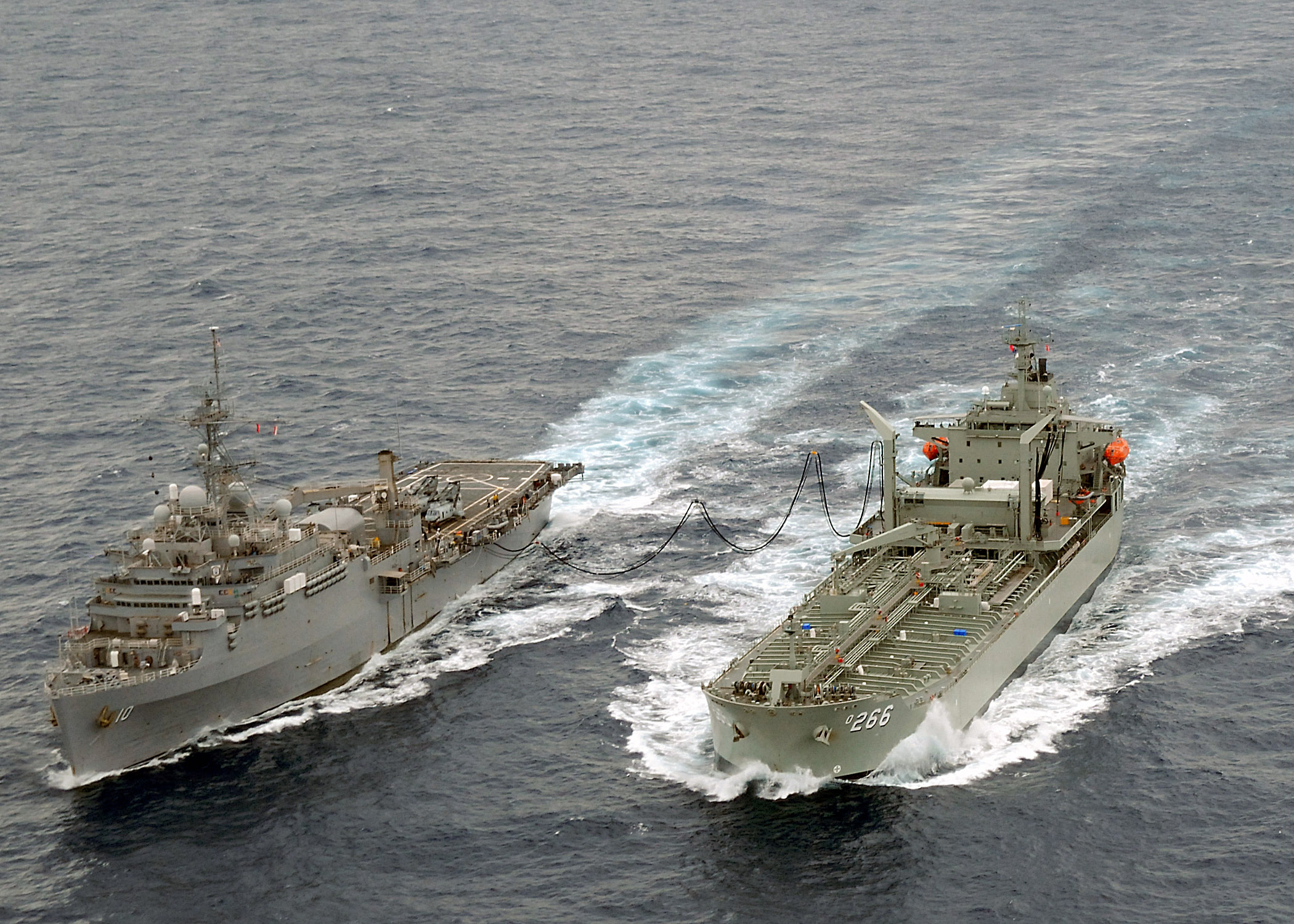|
HMAS Stalwart
Three ships of the Royal Australian Navy (RAN) have been named HMAS ''Stalwart''. * an launched in 1918, decommissioned in 1925, and scrapped in 1937 * , a destroyer tender launched in 1966, decommissioned in 1990, and sold into civilian service * , is a replenishment oiler A replenishment oiler or replenishment tanker is a naval auxiliary ship with fuel tanks and dry cargo holds which can supply both fuel and dry stores during underway replenishment (UNREP) at sea. Many countries have used replenishment oilers. The ..., the second of the based on the Spanish ''Cantabria'' class. The keel was laid in 2018. See also * , a frigate of the Republic of Singapore Navy. * , two ships of the United States Navy. * , a surveillance ship of the United States Military Sealift Command. {{DEFAULTSORT:Stalwart, Hmas Royal Australian Navy ship names ... [...More Info...] [...Related Items...] OR: [Wikipedia] [Google] [Baidu] |
Royal Australian Navy
The Royal Australian Navy (RAN) is the principal naval force of the Australian Defence Force (ADF). The professional head of the RAN is Chief of Navy (CN) Vice Admiral Mark Hammond AM, RAN. CN is also jointly responsible to the Minister of Defence (MINDEF) and the Chief of Defence Force (CDF). The Department of Defence as part of the Australian Public Service administers the ADF. Formed in 1901, as the Commonwealth Naval Forces (CNF), through the amalgamation of the colonial navies of Australia following the federation of Australia. Although it was originally intended for local defence, it became increasingly responsible for regional defence as the British Empire started to diminish its influence in the South Pacific. The Royal Australian Navy was initially a green-water navy, and where the Royal Navy provided a blue-water force to the Australian Squadron, which the Australian and New Zealand governments helped to fund, and that was assigned to the Australia Station. Thi ... [...More Info...] [...Related Items...] OR: [Wikipedia] [Google] [Baidu] |
Destroyer Tender
A destroyer tender or destroyer depot ship is a type of depot ship: an auxiliary ship designed to provide maintenance support to a flotilla of destroyers or other small warships. The use of this class has faded from its peak in the first half of the 20th century as the roles and weaponry of small combatants have evolved (in conjunction with technological advances in propulsion reliability and efficiency). Background As the industrial revolution progressed, steam-powered steel ships replaced sail-powered wooden ships; but naval artillery remained the preferred weapon. The first large warship to be sunk by a torpedo was the Chilean ironclad in 1891. As major naval powers realized the vulnerability of their expensive battleships to inexpensive torpedo boats, they started building defensive flotillas of torpedo boat destroyers or destroyers for short.Potter & Nimitz, p.335 The earliest torpedo boat destroyers were small, to maximize maneuverability, and powered by large steam engin ... [...More Info...] [...Related Items...] OR: [Wikipedia] [Google] [Baidu] |
Replenishment Oiler
A replenishment oiler or replenishment tanker is a naval auxiliary ship with fuel tanks and dry cargo holds which can supply both fuel and dry stores during underway replenishment (UNREP) at sea. Many countries have used replenishment oilers. The United States Navy's hull classification symbol for this type of ship was AOR. Replenishment oilers are slower and carry fewer dry stores than the U.S. Navy's modern fast combat support ships, which carry the classification AOE. History The development of the "oiler" paralleled the change from coal- to oil-fired boilers in warships. Prior to the adoption of oil fired machinery, navies could extend the range of their ships either by maintaining coaling stations or for warships to raft together with colliers and for coal to be manhandled aboard. Though arguments related to fuel security were made against such a change, the ease with which liquid fuel could be transferred led in part to its adoption by navies worldwide. One of the first ... [...More Info...] [...Related Items...] OR: [Wikipedia] [Google] [Baidu] |
Spanish Oiler Cantabria
''Cantabria'' (A15) is a Combat Supply Ship operated by the Spanish Navy. Acquired to provide logistical support for the Spanish fleet, ''Cantabria'' was commissioned in 2010. ''Cantabria'' is the second-largest naval ship currently operated by the Spanish, behind . Design and construction ''Cantabria'' is a replenishment oiler, referred to in Spanish as a ''Buque de Aprovisionamiento en Combate'' (''BAC''; Supply Ship in Combat). She was acquired to provide logistical support to the Spanish Navy during day-to-day operations, expeditionary forces or strategic projection deployments, and for humanitarian and disaster relief operations. The vessel has a displacement of 19,500 tons, is in length, has a beam of , and a draught of . Propulsion is provided by two diesel engines, supplying to a single propeller shaft, which is fitted with a controllable-pitch propeller. ''Cantabria'' has a maximum sustained speed of , and a range of . The ship's complement is 122. The ship's capacity ... [...More Info...] [...Related Items...] OR: [Wikipedia] [Google] [Baidu] |
